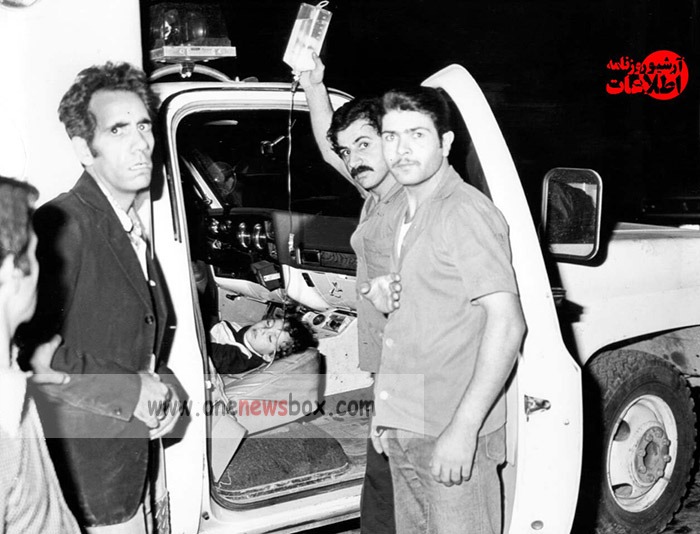But the physical cause of the disaster was only part of the story. The more alarming revelation was that Tehran lacked a coordinated system for emergency response. Victims were transported in private cars and taxis, and there was no structured communication between hospitals, police, and first responders. The absence of a centralized mechanism for relief and medical transport was a major wake-up call for Iranian authorities.
This single event—the collapse at Mehrabad Airport—became the spark for the establishment of a modern pre-hospital emergency system in Iran. It exposed the urgent need for a professional, nationwide service that could provide rapid medical care at the scene of incidents, organize safe and timely transfers to hospitals, and coordinate between different branches of public safety.
Learning from the Best: The American Model
At that time, in the mid-1970s, the concept of organized pre-hospital emergency care was still in its infancy around the world. Only **three countries—the United States, Canada, and Australia—**had functional emergency medical systems. Inspired by their success, Iranian officials decided to study and replicate the most advanced model available.

